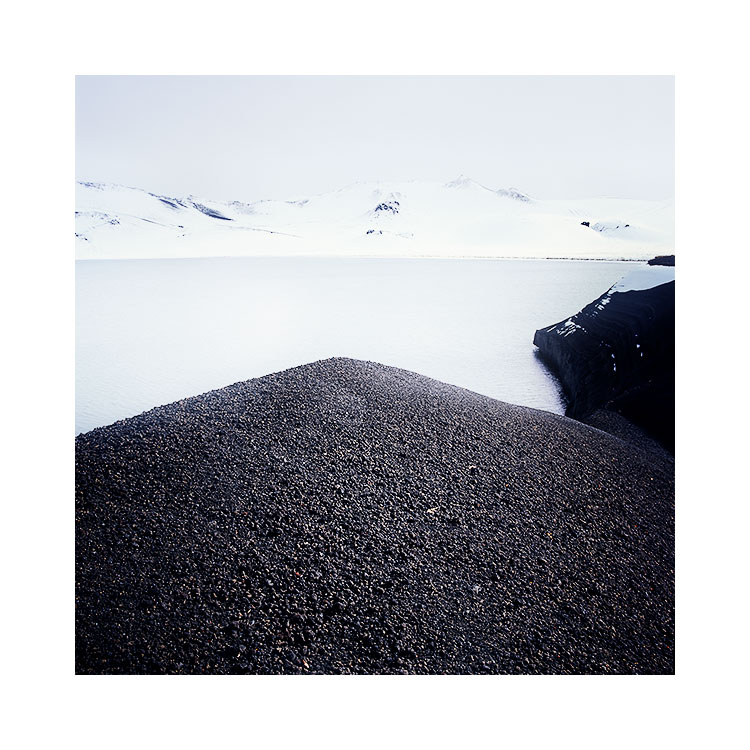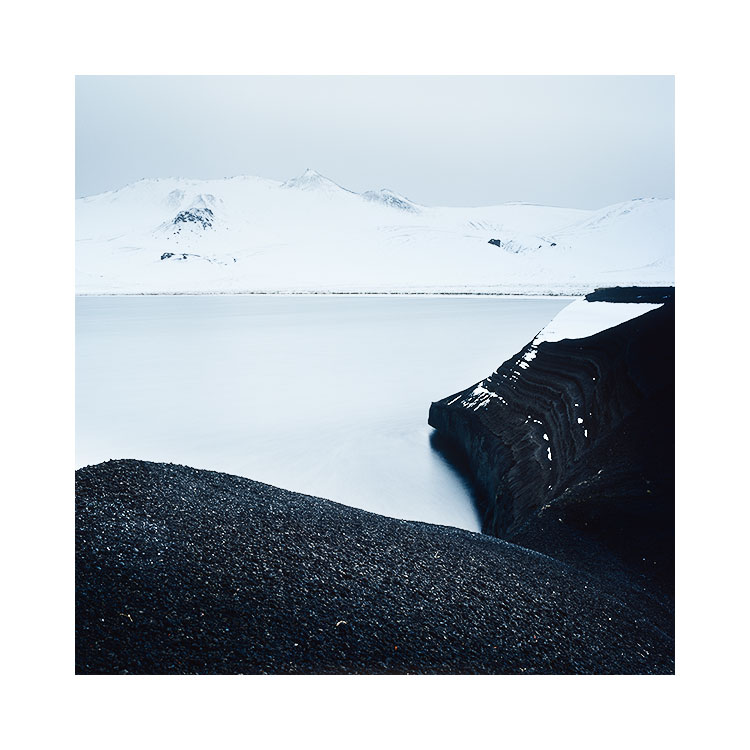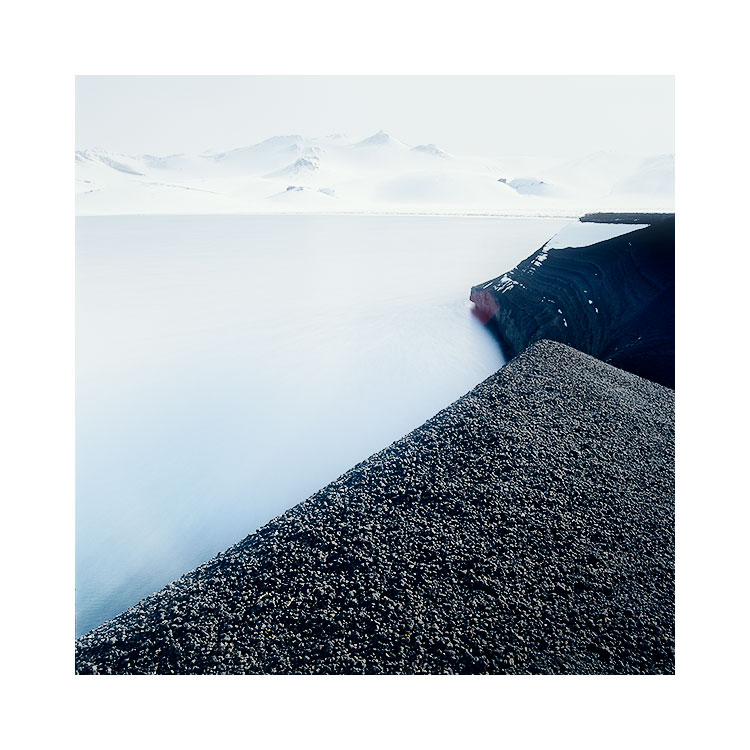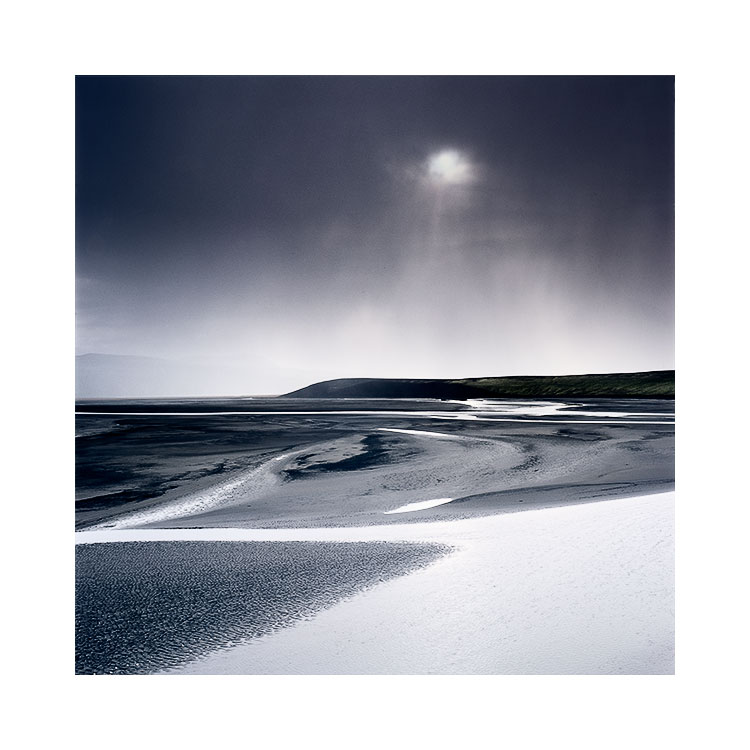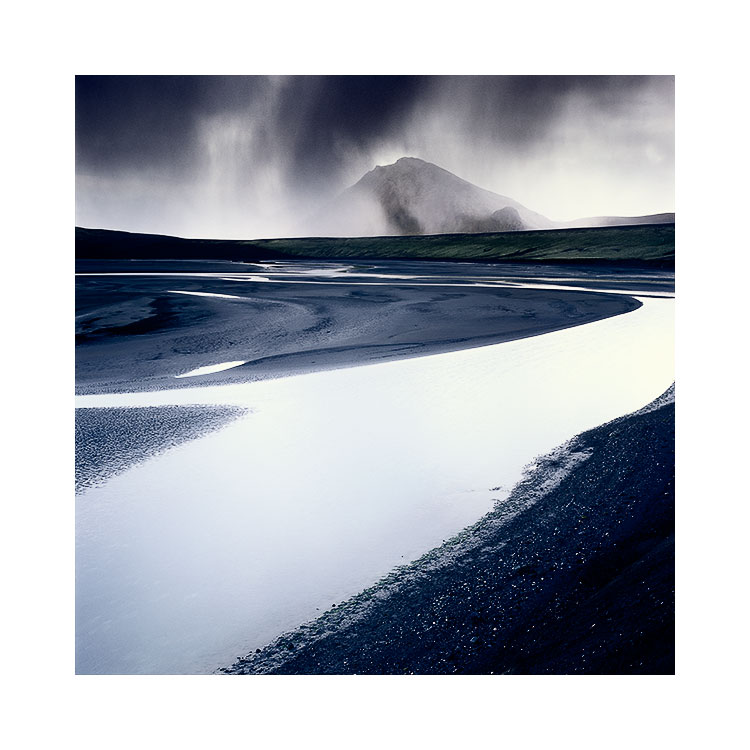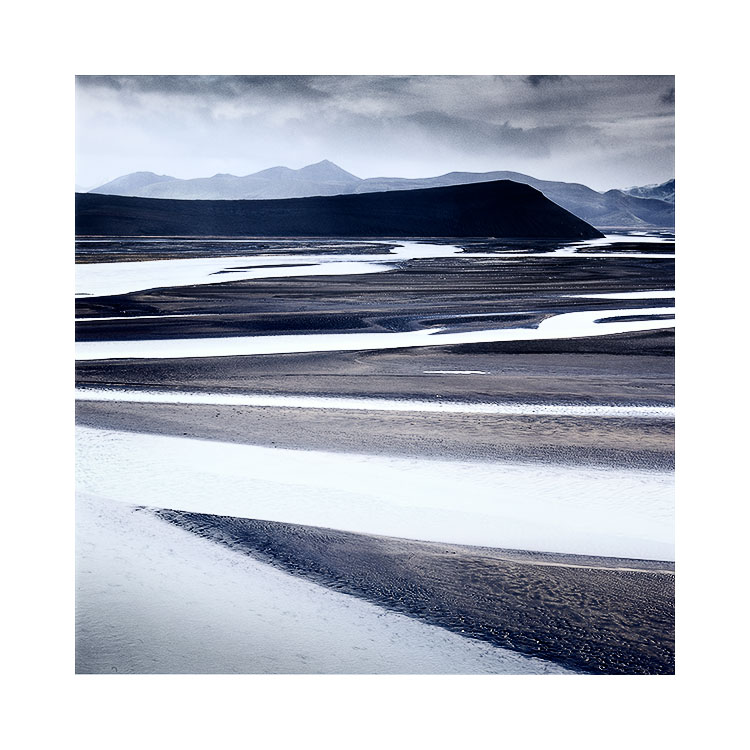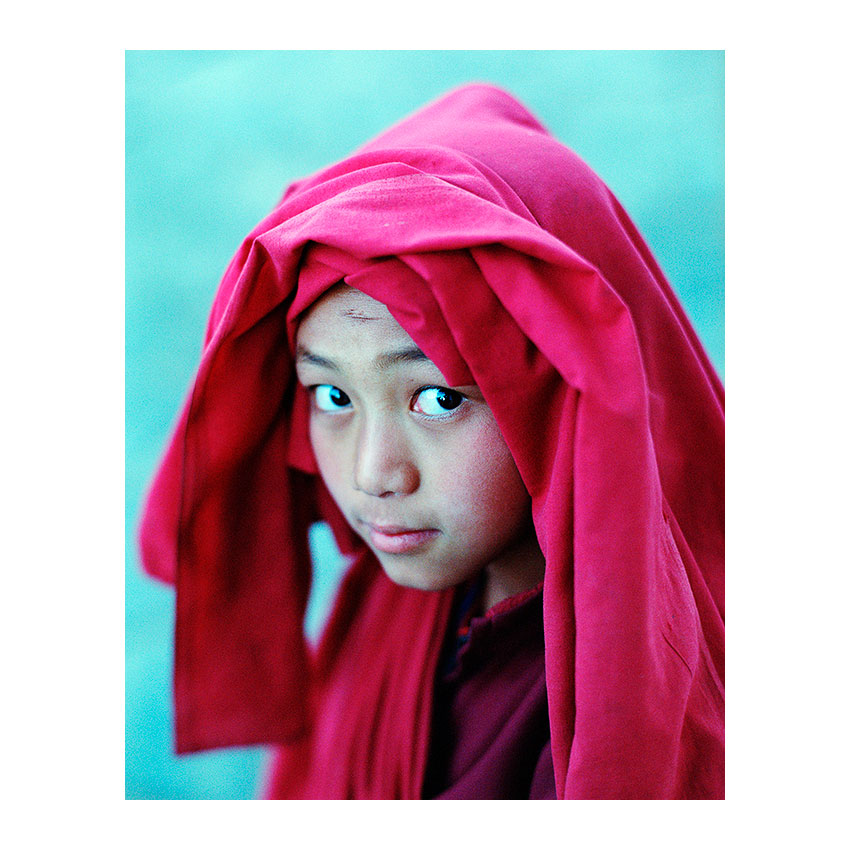I believe that photographic work becomes stronger if there is a concept behind it. Concepts can be whatever you want them to be. There are no rules. There shouldn’t be.
I have a dear friend from Massachusetts who tells me ‘You know Bruce, you seem to be able to go anywhere in the world and take the same photograph’. He is of-course right. But I do hope it was intended as a compliment as I think it is. I think what Steve was telling me was ‘you have a style’.
But there is more to this than meets the eye. I do like to focus on certain concepts or themes, and it is not unusual for me to shoot the same scene in numerous variations. I even publish these variations in the same collection. Which leads me to another interesting comment I sometimes hear from viewers : ‘what is different between these two shots?’. The answer should be plainly obvious to us photographers: they are compositional variations. Rather than just picking one to publish, I sometimes can’t decide, as I feel each variation has something to say its partners do not.
Repeating themes in the work also makes the work thematically stronger. The work becomes greater than the sum of its parts.
But the trick I feel, or the talent in working with themes, is in finding them to begin with. It takes a rare eye to be able to see a theme in something that others may pass over as mundane, or in the case of some of my more recent Iceland images, landscapes that look quite close to being man-made quarries.
Themes can also go beyond a body of work, and leak into adjacent projects. You may find over time, that you have a propensity to steer towards certain subjects, or tonal responses. Again the trick, or ‘talent’, is in recognising this in yourself and your own work.
I feel that all too often photographers don’t ask themselves ‘why’, or ‘how did I create this?’, or ‘why did I create it?’. Too many of us are just busy making pictures without joining the dots, without recognising themes or variations in what we do.
We are missing clues that can help drive us forward in what we do.

